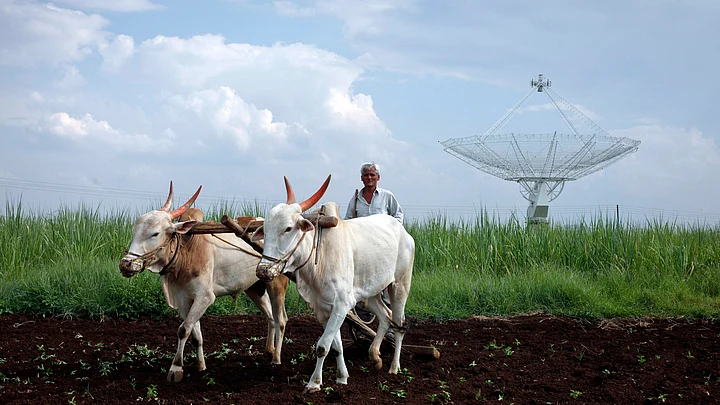The monsoon rains are likely to hit the coast of Kerala around 5th June, according to the met office. But the quality and frequency of rains this year will be impacted by the El Nino Effect, which the international weather community has said has developed this year.
The El-Nino is a phenomenon that leads to higher surface temperatures all over the equatorial belt in the southern and Eastern Pacific ocean. It occurs, on average, every 4-5 years and is said to change weather patterns across the globe.
Specifically for India, it is said to lead to lower amounts of rainfall during the monsoon season.
The media has taken up the opportunity to come up with pessimistic headlines:
Pre-monsoon showers hit India, but El Nino looms (Hindustan Times)
Here’s what El Nino is and why India should be worried (DNA)
The Indian Meteorological Department (IMD) has also predicted that this year the monsoon would probably be below 90% of the yearly average.
Because of the lower rainfall associated with El Ninos the worry in India has always been of drought and the impending agricultural disaster and food shortage to follow.
But should India be worried?
El-Nino Does Not Always Mean Drought
According to data shown by the Wall Street Journal, El Ninos have formed in 7 of the last 25 years. But a drought has only occurred in 3 of those 7 years:
The important point to note here is that just because El-Nino has formed in a particular year does not mean that the monsoons are going to definitely fail.
Monsoons and Crop Production Aren’t Correlated
The graph below shows that the trend in total crop production has steadily increased over time. No matter how variable the Monsoons have been over the same period.
What is the reason for this steady increase in crop production?
The answer is an increase in the amount of land under irrigation, greater fertiliser use, and newer varieties of crops that give higher yields.
The government has also been steadily increasing the amount of grain that it procures and stores. The idea being that if the monsoons do fail, then no one would need to go hungry, and the poor would not need to struggle to obtain food in a bad year.
However, the government has always struggled, not with shortage of grain reserves but storage capacity as well as in its ability to distribute grain stock in an efficient manner to the people who need it most.
The government is more likely to face that hindrance than an actual food shortage if a massive drought were to occur.
But taking steps to improve that is a whole different ball game.
